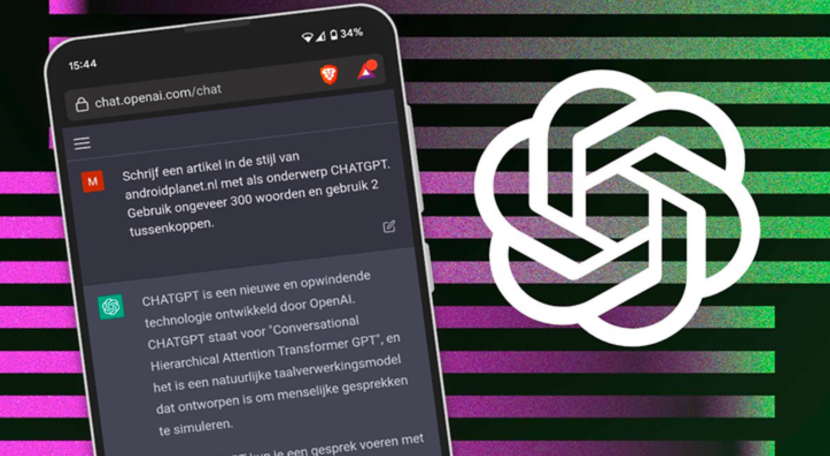
On March 9th, Andreas Braun, Microsoft's German CTO, said in an event called AI in Focus - Digital Kickoff: GPT-4 will be released this | week!
Sure enough, the efficiency of OpenAI will not be disappointing. Although many technical information is still confidential, a key detail has been revealed: GPT-4 will be multimodal.
A multimodal language model. What does this mean?
Andreas Braun, technical director of Microsoft Germany, said: With GPT-4, AI has the potential to generate text, images, and even video. Previous versions of ChatGPT were only able to generate text.
In addition, it is reported that OpenAI is developing a mobile application supported by GPT-4, which will enable users to create videos using AI on the mobile end.
Another powerful feature of GPT-4 as a multimodal language is that it can manage data input and output from different languages.
For example, you can request ChatGPT in Spanish, and the resulting generated text is in English. Obviously, this novelty will also be of great help to translation tools.
Braun describes GPT-4 as a game-changer in the field of artificial intelligence, which will move further towards the goal of possessing human explanatory power.
| Netizen: Can't wait
Although the release time of this GPT-4 has yet to be determined, netizens are indeed unable to sit still! Since ChatGPT was launched, GPT-4 has long been in vogue.
According to the disclosure at that time, the original GPT-4 was almost ready within OpenAI and only waiting to be released; As a result, the senior management suddenly announced a new task: two weeks later, they will release a free chat robot application, codenamed "Chat with GPT 3.5", which is also called Chat GPT seen today.
Subsequently, it was revealed that GPT-4 would have 100 trillion parameters when it was accessed by Microsoft Bing to search for GPT-4. Now at least one Microsoft employee has come forward to speak, and it seems that GPT-4 is ready to come out.
Coincidentally, Google also released a 562 billion super model, PaLM-E, two days ago. Even the ability to use robots has caused considerable debate in academic circles.
| Changing the industry
Marianne Janik, CEO of Microsoft Germany, spoke comprehensively about the disruptive impact of artificial intelligence on the industry. Janik emphasized the value creation potential of AI and stated that the current development of AI is the same moment as the launch of the iPhone at ChatGPT. She said that this is not to replace human work, but to help people complete repetitive tasks in a different way than in the past.
Change does not necessarily mean unemployment. Janik emphasized that this means that many experts will start using AI to achieve value growth. Traditional work behaviors are undergoing changes, and new professions will also emerge due to the emergence of new possibilities. She suggested that the company establish an internal "competency center" to train employees to use artificial intelligence and integrate ideas into projects.
Janik emphasized that AI does not cause human unemployment. Traditional ways of working may change, and new professions may emerge. She suggested that companies establish training centers to train their employees in using AI tools. At the same time, Janik also stated that Microsoft would not use customer data to train models.
In the past week, Microsoft has also released the multimodal AI model Kosmos-1. Like the GPT-4 exposed this time, Kosmos-1 can also handle multiple aspects of content such as text, audio, images, and videos.
| Video concept stock limit
Encouraged by the news, video AIGC concept stocks Danghong Technology and Suzhou Keda quickly rose, with Danghong Technology's share price rising 13.56% as of the closing day; Suzhou Keda trading limit.
Multimodal models enable input and output signals to transcend language, which is expected to greatly stimulate the demand for video processing. Therefore, analysts suggest focusing on companies related to the video and visual fields. From the perspective of application scenarios, the development of multimodal technology will broaden downstream application scenarios, and the progress of underlying technology is reflected in the application layer closer to the C end. The continuous landing of applications marks a new stage in the development of the AIGC industry, with the possibility of commercialization and realization.





